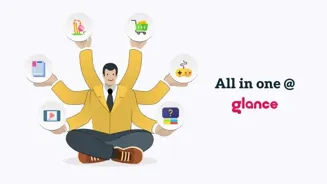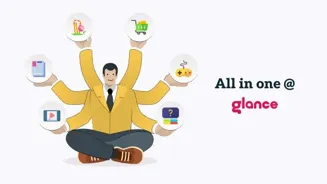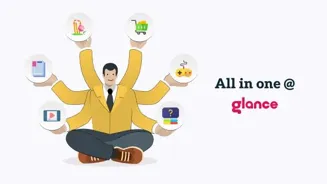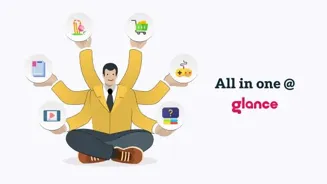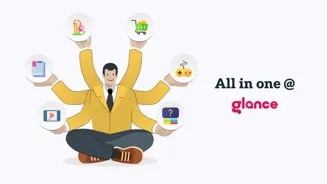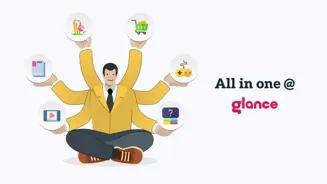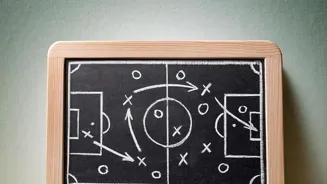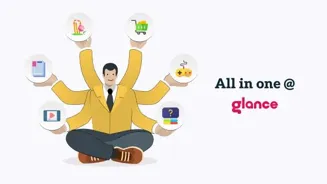Unlock Team Potential: Embrace Diverse Communication Styles for Cohesive Success. Read more to enhance teamwork dynamics
In the bustling Indian corporate landscape, where diversity is not just a buzzword
but a reality, understanding varying communication styles is crucial for fostering effective teamwork.
Misunderstandings arising from differing approaches can lead to friction, project delays, and a dip in overall morale. Therefore, businesses are increasingly focusing on training programs to equip employees with the skills to navigate these differences, and build stronger, more productive teams.
Direct vs. indirect communication in diverse cultures
Directness, a trait valued in some cultures, might be perceived as blunt or even rude in others. Similarly, indirect communication, common in many parts of India, can be misinterpreted as evasive or unclear by those accustomed to getting straight to the point.
This difference can manifest in seemingly simple interactions, such as giving feedback or expressing disagreement, leading to unnecessary conflicts and hurt feelings. Recognizing these tendencies enables team members to adjust their style and avoid causing unintended offense.
Nonverbal cues crucial for effective communication in diverse settings
The importance of nonverbal cues like body language and tone of voice cannot be overstated. A gesture that's perfectly acceptable in one region might be considered disrespectful somewhere else in India. Similarly, a tone perceived as assertive by one person could feel aggressive to another.
Paying attention to these nuances, both in oneself and in others, is essential in ensuring that messages are received as intended.
Training sessions often involve role-playing to help employees become more aware of their own nonverbal habits and learn how to appropriately interpret those of their colleagues.
Trust is key for effective communication in teams
Building trust is paramount, especially when communication styles diverge. When team members trust each other, they are more likely to give the benefit of the doubt and interpret messages in a positive light.
Open communication, where individuals feel safe to express their thoughts and feelings without fear of judgment, is key to establishing this foundation of trust.
This can be facilitated through regular team meetings, informal chats, and opportunities for social interaction outside of work, helping break down communication barriers and build camaraderie.
Active listening enhances communication and builds relationships
Active listening, a skill that involves not just hearing what someone says but also understanding the underlying message and emotions, is a powerful tool for bridging communication gaps.
It requires focusing intently on the speaker, asking clarifying questions, and summarizing the message to ensure understanding. This demonstrates respect for the speaker and offers them the opportunity to correct any misinterpretations.
Developing active listening skills can significantly improve communication clarity and foster stronger relationships within the team.
Clear guidelines and empathy foster cohesive team communication
Creating a communication-friendly work environment also involves establishing clear guidelines and expectations. This can include defining roles and responsibilities, setting communication protocols, and encouraging the use of inclusive language.
A culture of empathy, where individuals are encouraged to understand and appreciate different perspectives, is essential for fostering a truly cohesive team. By embracing diversity in communication styles, organizations can unlock the full potential of their workforce and achieve greater success.
AI Generated Content. Glance/InMobi shall have no liability for the content